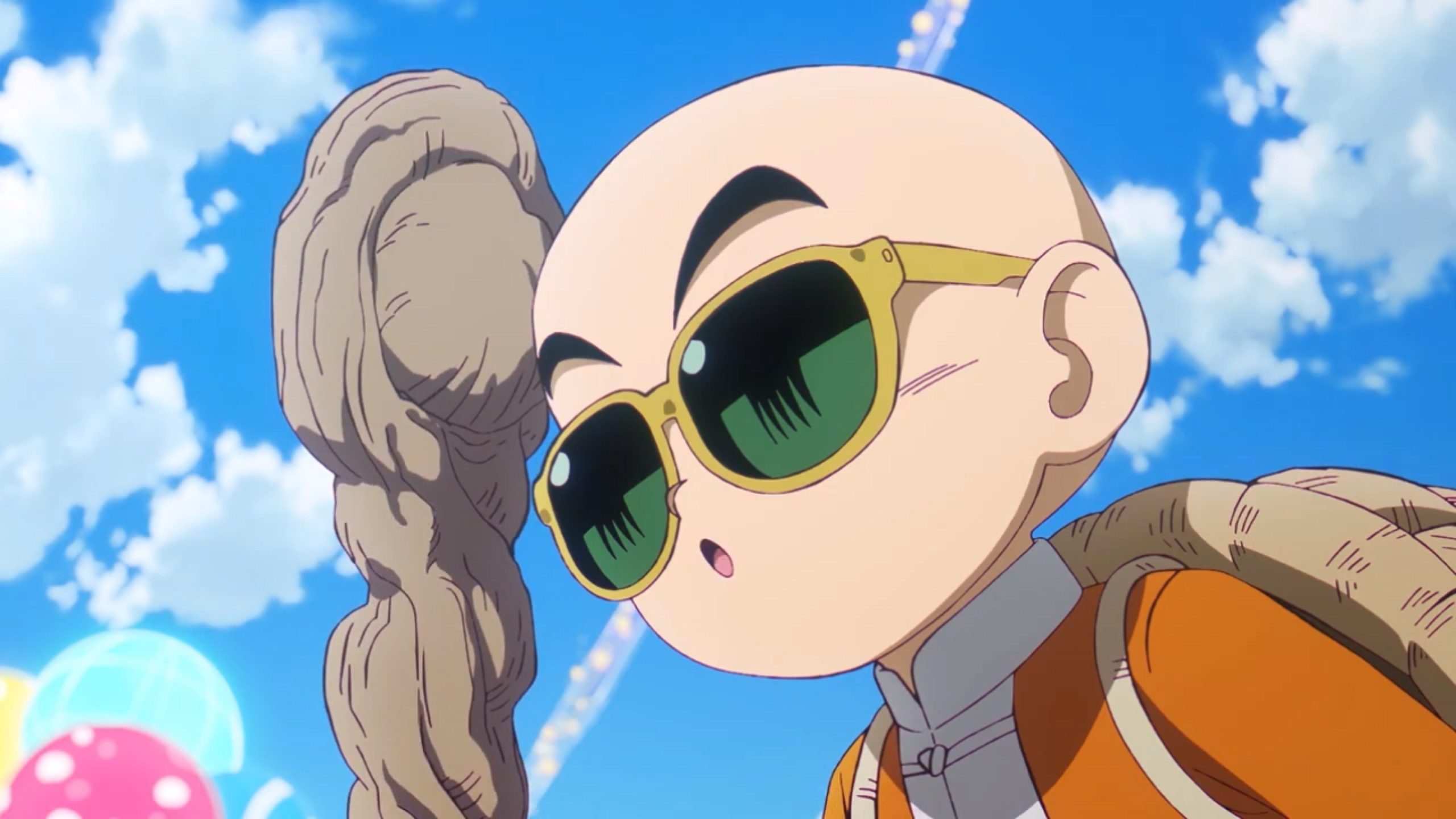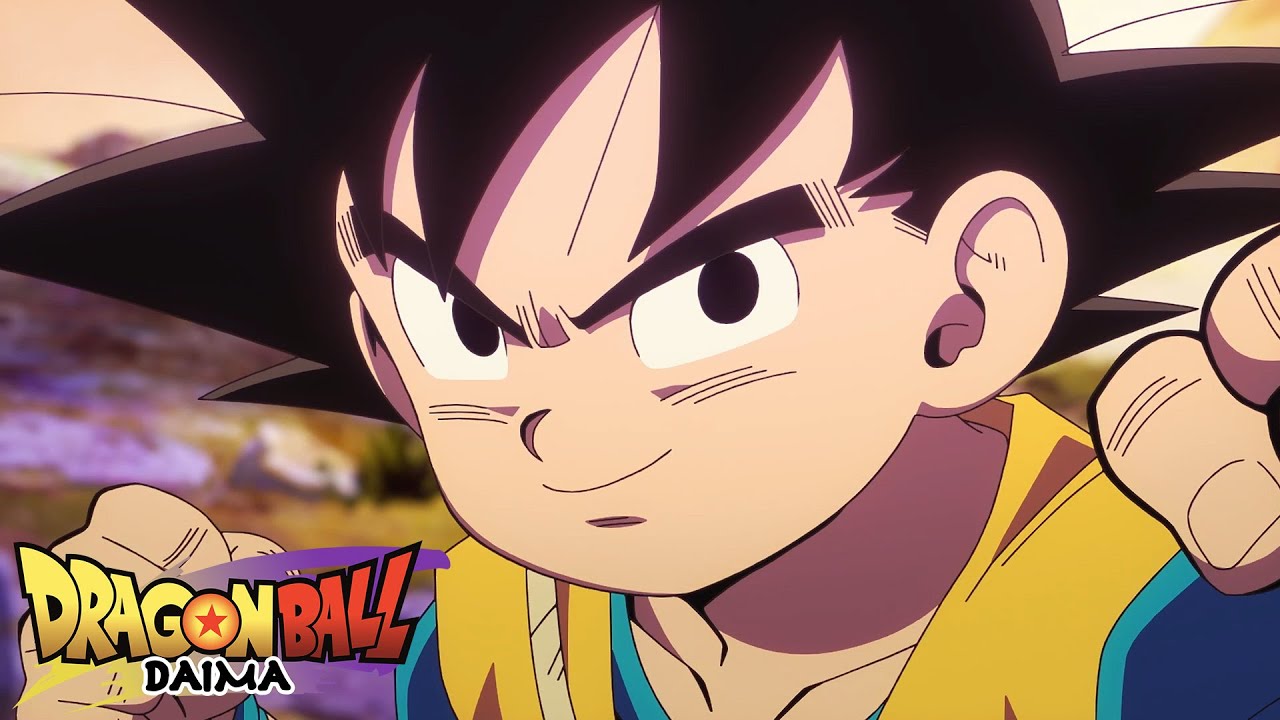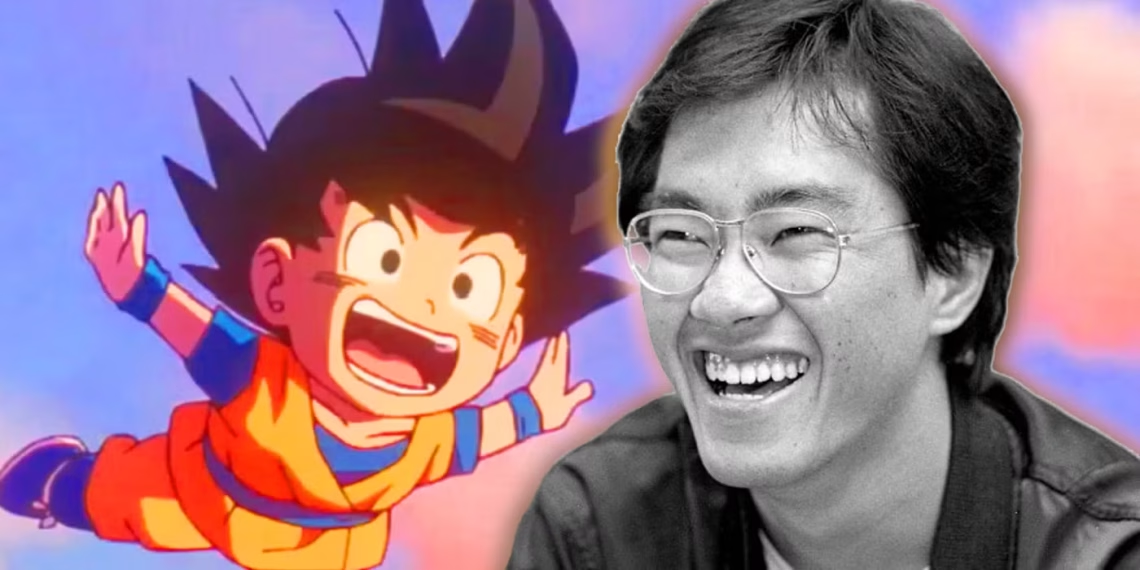Since its debut, Dragon Ball has enthralled fans with its intense battles and memorable characters. However, the series’ legacy includes one controversial spinoff, Dragon Ball GT, which saw Goku reverted to a child through an accidental wish.
This decision received mixed reactions, leaving many fans disheartened by the lack of purpose behind his de-aging. Fast forward to Dragon Ball DAIMA, and the concept of de-aging is revisited, but this time, the plot feels more meaningful, drawing a stark contrast to its predecessor.
Dragon Ball DAIMA vs. Dragon Ball GT: A De-Aging Revisited with Purpose

While Dragon Ball GT used Goku’s transformation into a child as a result of a careless wish made by Emperor Pilaf, the reasoning behind it felt hollow. The wish was a random occurrence with little narrative depth. Goku’s acceptance of his new form was casual, which diminished the stakes of the transformation and frustrated fans who wanted more emotional depth in Goku’s character.
Moreover, the show failed to address the implications of turning Goku back into a child, leaving him to behave as if he had not experienced the growth of his adult years. This made the shift in his persona feel like a regression, not a meaningful change.
In contrast, Dragon Ball DAIMA takes a more thoughtful approach to the de-aging concept. Rather than an accident, the transformation is a strategic move by villains who view Goku and the other Z Fighters as significant threats. These enemies intentionally use Earth’s Dragon Balls to de-age Goku and his allies, weakening them significantly in preparation for an all-out attack. This not only increases the stakes of the story but adds complexity by involving other characters, such as Supreme Kai and Chi-Chi, in the transformation.

Dragon Ball DAIMA also uses the de-aging of its characters to pay homage to the roots of the Dragon Ball franchise. By returning characters to their younger forms, the series celebrates its 40th anniversary while reflecting on the growth and evolution of its beloved characters. This intentional choice provides a more nuanced and impactful narrative than the one seen in Dragon Ball GT, offering fans a fresh perspective while still honoring the past.
With Dragon Ball DAIMA, Akira Toriyama’s legacy continues to inspire, giving fans a reason to revisit the de-aging concept with a sense of purpose and excitement that GT lacked. The series not only addresses the flaws of its predecessor but also uses them as a springboard to craft a deeper and more engaging story that resonates with long-time *Dragon Ball* enthusiasts.




